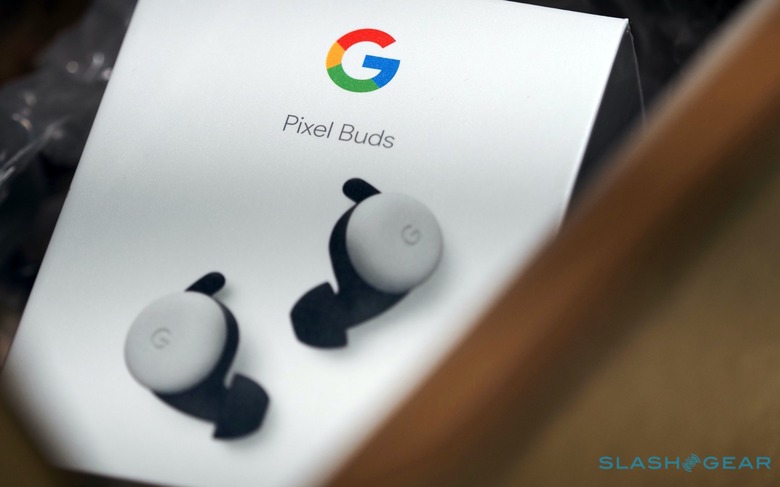Google Pixel Buds review (2020): No cord but caveats
- ightweight/sleek earbud with a sexy case design
- excellent fit for a variety of ear types and sizes
- quick and easy auto-pairing with Android devices
- integration with Google assistance and Google Translation
- wireless charging case with integrated battery
- lacks Active Noise Cancellation (ANC)
- offers good sound quality but poor passive noise isolation
- average battery life of only 5-hrs
- expensive
It's been a long time, in tech industry terms, since Google announced its second-generation Pixel Buds, and it's fair to say that the truly wireless earbud category has moved on considerably in the meantime. In all honesty, I expected to be blown away by Google's promised sound quality, comfort, and features for the Pixel Buds' $179 price tag. So at the end of the day, are they worth your hard-earned money? Let's find out.

Before jumping into the review, I want to make it clear that if you're already in the Apple camp, there are two excellent options: the AirPods and AirPods Pro. So unless you genuinely lust for Google's earbud-style Bluetooth headset, I recommend saving yourself time and heading to an Apple Store. Alternatively, you may find the Sony and Nuraloop reviews more to your liking.
Design and build quality
Like many things in life, whether you're trying to score a date or buy a car, the style and design make a world of difference. In my opinion, the Pixel Buds's case looks and feels much better than that of Apple's AirPods. The differences are slight, mind. The texture has a matte finish, which I prefer because it's doesn't pick up smudges or scratches so obviously, and it feels great to the touch. The top opens up effortlessly and provides a satisfying thump when closed. More importantly, it's highly pocketable while giving additional charges to the earbuds themselves.
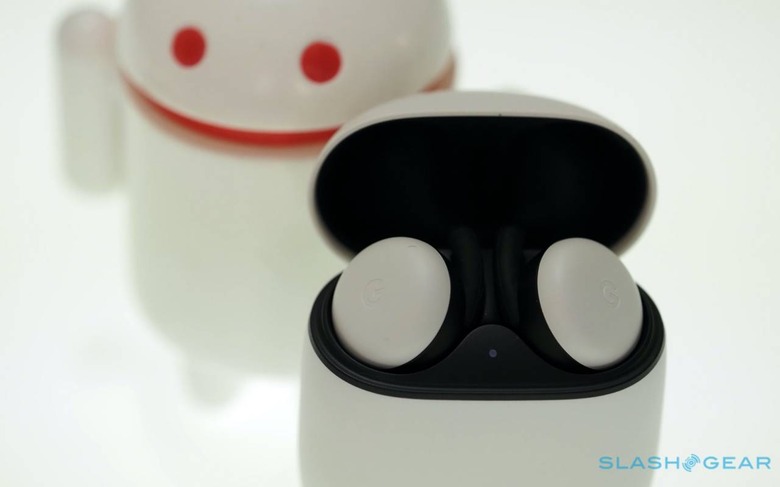
Speaking of charging, there are two light indicators: one on the inside to give the status of the earbuds, while the outside is for the charging case. Orange indicates charging while white signifies they're full up. Google says that the case should have enough juice for multiple charges up to 24 hours of listening time, and up to 12 hours of talk time.
That's convenient, considering the earbuds themselves only hold enough for up to five hours of listening and 2.5 hours of talk time. Honestly, I'd expect at least 30% more battery life, given the size of the earbuds.
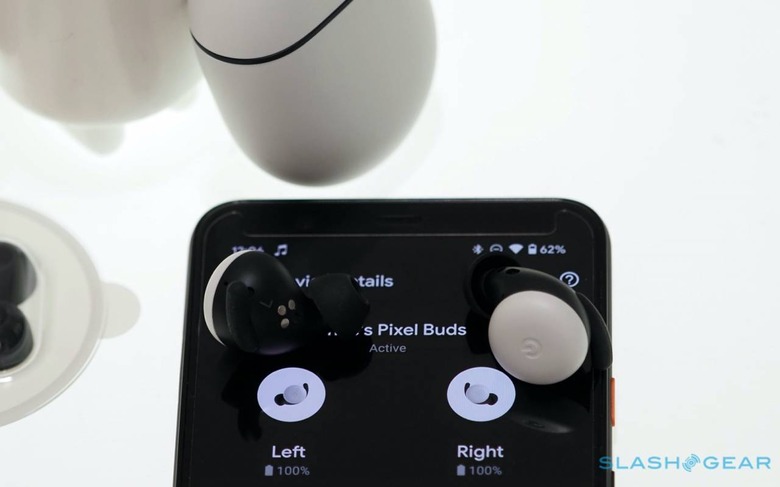
Still, Google's claim of 5 hours of playback is relatively conservative: in my testing, I got a little over 5.5 hours with the volume at 70% on the Pixel 4 XL. That's not terrible, no, but it's not great either. However, it's good to know that with just 10 minutes charging case will net another 2 hours of battery life.
The button you'd need to press to pair with non-Android devices is located on the back – again, just like with the AirPods. The pairing process was automatic, depending on what sort of smartphone you use. A Pixel 4 XL, OPPO Find X2, and LG V60 automatically recognized the Pixel Buds and offered to pair up, but to pair with the iPhone you need to press and hold the button until the white light indicator slowly blinks. It works just the same way but in reverse if you're trying to pair Apple's earbuds with an Android phone, of course.
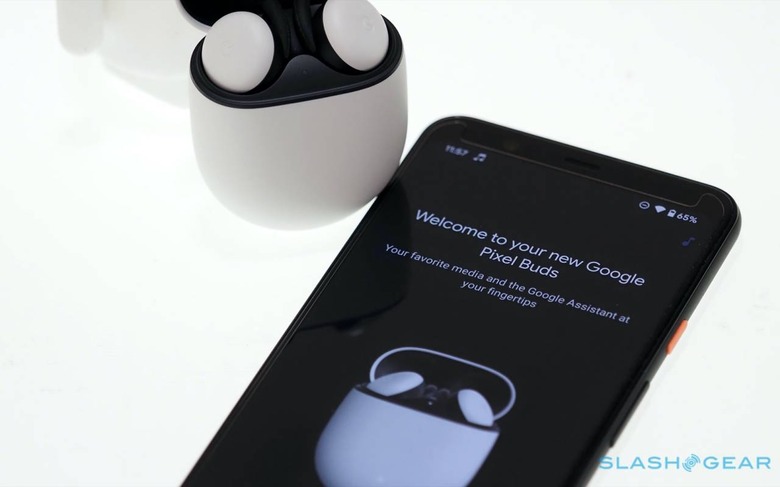
An alternating white and orange blinking light means that the Pixel Buds are trying to pair, but the earbuds aren't correctly seated. A fast orange light blink indicates that the Pixel Buds still have charge left, but the case has been depleted.
Sound quality
The biggest issue I had with the first-generation Pixel Buds was blocking out external sounds, and sadly the new Google Pixel "true wireless" earbuds are only marginally better in this area. The lack of any active noise isolation in the low end is enough for me to not rely on them when I'm flying, since the engine noise will seep through.
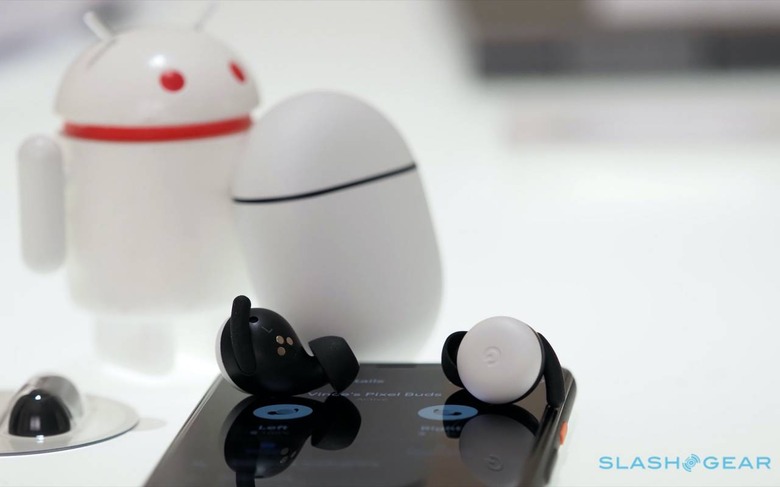
Had Google added Active Noise Cancellation (ANC), instead of relying on just passive noise isolation from the ear tips, I'd imagine sound quality would be significantly better in all areas. Mainly speaking, in the realm of bass, or lack thereof: it's all pretty flat, especially if you're expecting the same level of thump produced from the Nuraloop. That's not to say that everything is terrible.
The middle and high-end sound fine to me, and overall sound quality is good. Listening to my daughter's piano recital, for example, each piano note came through crystal clear. Once again, this comes down to how Google tweaked the sound profile – and because there's little bass, everything else sounds clearer. If you like your earbuds to sound neutral, I suspect you'll like the Pixel Buds' EQ.
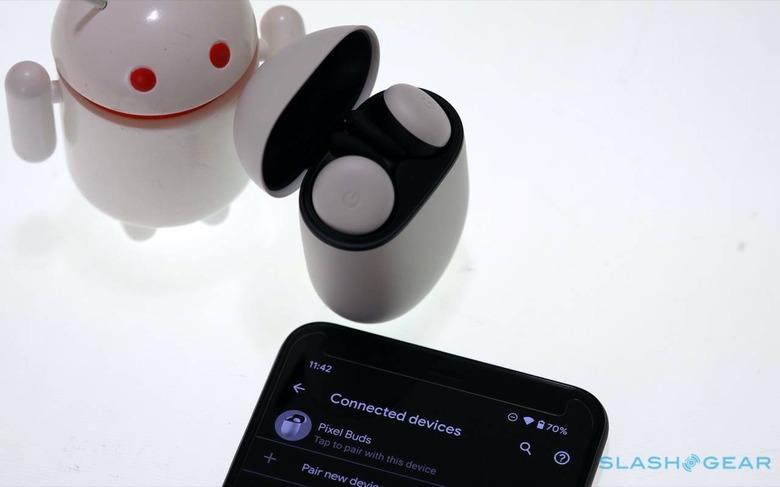
Alternatively, there are third-party companies selling memory foam ear tips with better passive noise isolation, so they're worth checking out. Google's not the only one having this issue, mind. I've received countless reports of AirPods Pro owners complaining about the same fit problem; especially when the Apple's ANC requires a tight seal to activate.
I can't help but yearn for Nura's new Nuraloop or my gold standard JH Audio 16 v2 Pro with Fostex over the ear Bluetooth module. I use these two products as benchmarks because, at two different price points – $199 and $3,000+ for the Nuraloop and JHAudio 16 v2 Pro, respectively – they each demonstrate how you can check off all the boxes: outstanding sound quality, comfort, battery life, and ease of use.
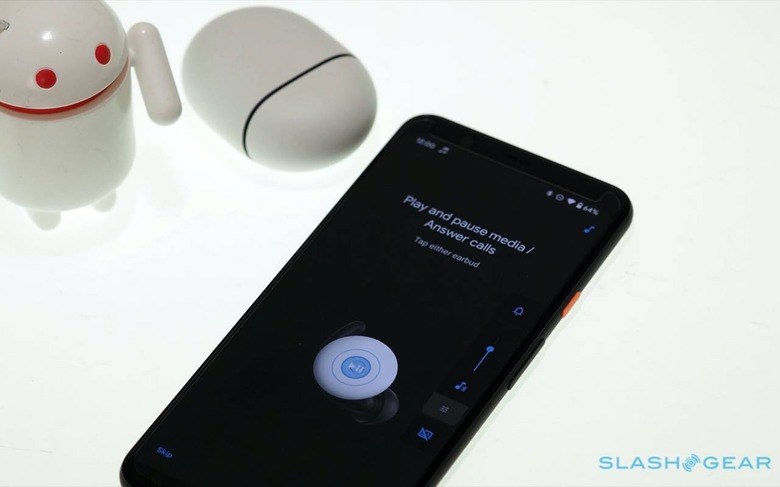
Two neat features Google did add are auto volume and an air vent on each earbud. On the spec-sheet, they look great, but in real-world use, I wouldn't miss them if they weren't included. The auto-volume control was either too delayed to be of use, or I could barely notice the difference.
The other feature that I was upbeat about was the integration of Google Translation. Sadly, you still need to open up the app on your phone for things to work. At the end of the day, I'd still rather just use my Pixel 4 XL, instead of jumping through all the hoops required to get the Pixel Buds playing properly with Translate.
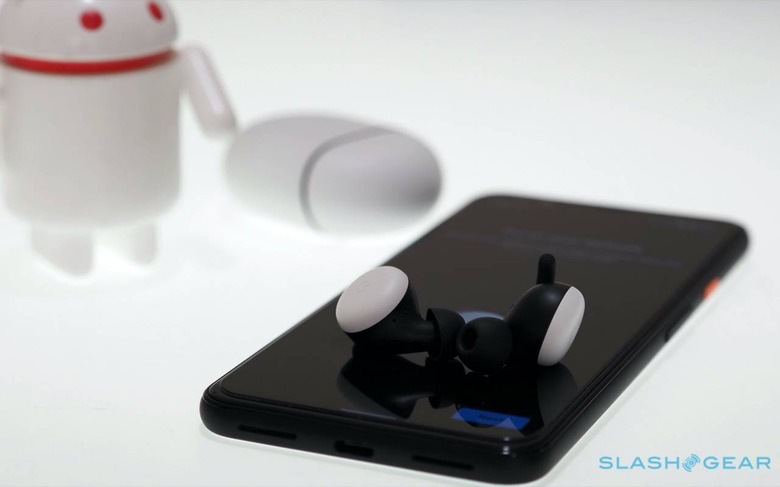
That goes for using the Google Assistant, which is also integrated into the Pixel Buds. Again, it works, and I do like the idea of having it there on the rare occasion when I need it. All the same, I'd much rather have longer battery life and ANC.
The earbuds surface is touch-sensitive, allowing you to change volume control by swiping forward (or up) to increase or back (or down) to decrease volume. Then tap to pause and tape again to resume. I like that whatever I'm playing automatically pauses when I remove one or both earbuds from my ears. It resumes after re-inserting one back in.
Comfort
There's one last thing to discuss before I conclude the review, and that's comfort. I don't care how great a pair of truly wireless earbuds look and sound, but if they're uncomfortable to wear, they're useless.
I found that the "wing" tip on each side of the Pixel Buds does a great job keeping the earbuds in place. I wore them for a two-hour massage one day, and a more extended period the next while I wrote up this review. For my ears, the medium ear tips are the perfect fit, and the wing-stabilizers don't bother me one iota. I'm happy they're there.
Pixel Buds (2020) Verdict
Overall, these Pixel Buds are great for the everyday wearer. They deliver good sound quality while remaining comfortably yet securely in place, even during vigorous workout sessions or while you're on a jostling commute.
Before you take the plunge, though, it's worth weighing your needs and checking out the competition. If you're already an Android phone owner, these may be the right solution thanks to the Assistant integration as well as Google's Translator. All the same, strong alternatives – including some with active noise cancellation – mean you're spoiled for choice these days for truly wireless earbuds, and what Google was first promising back when it announced the second-gen Pixel Buds in 2019 doesn't seem quite so appealing today.

